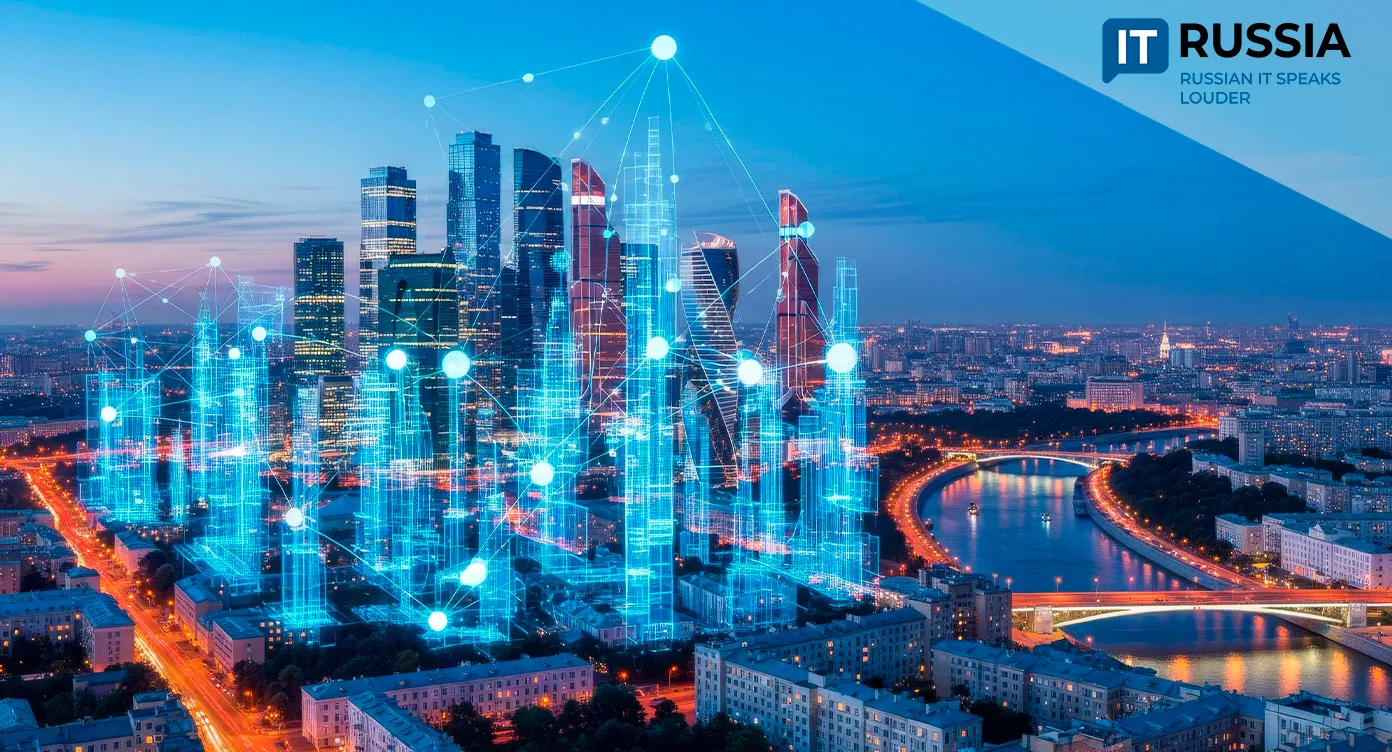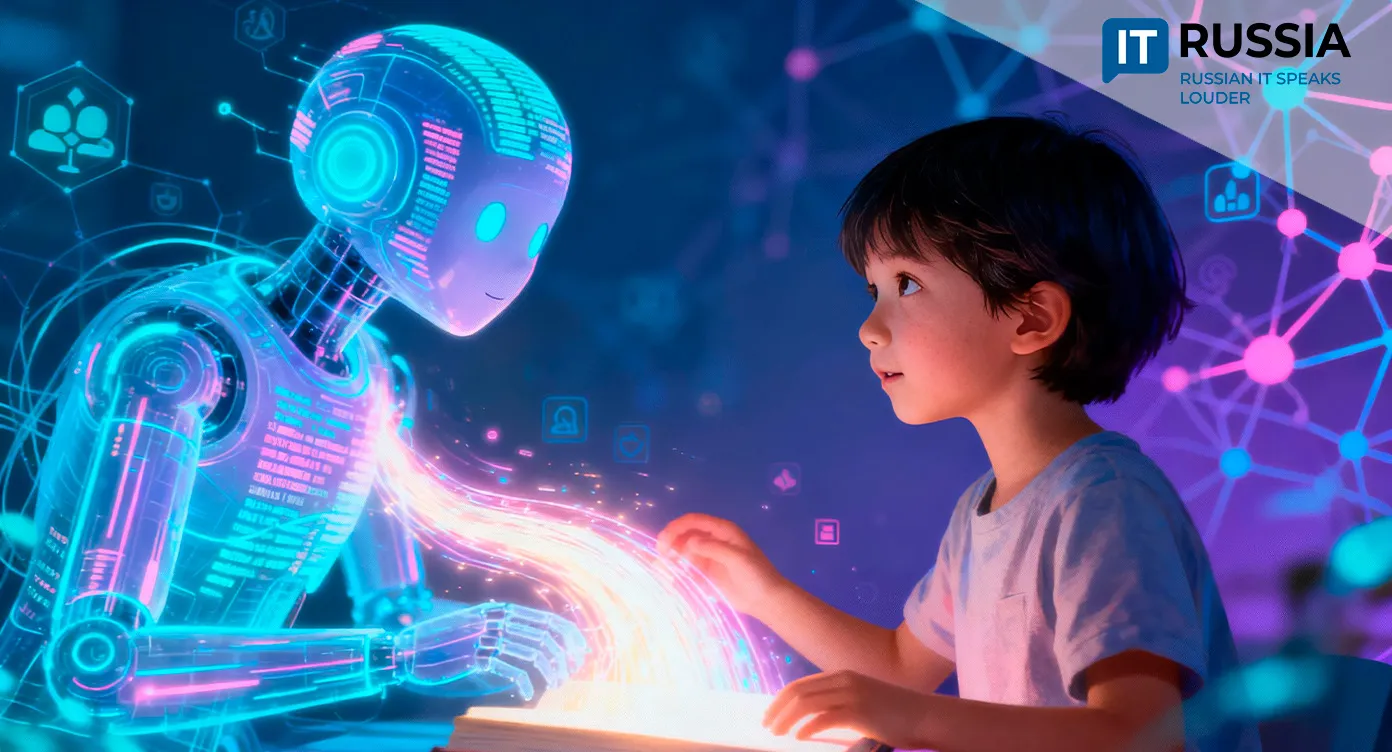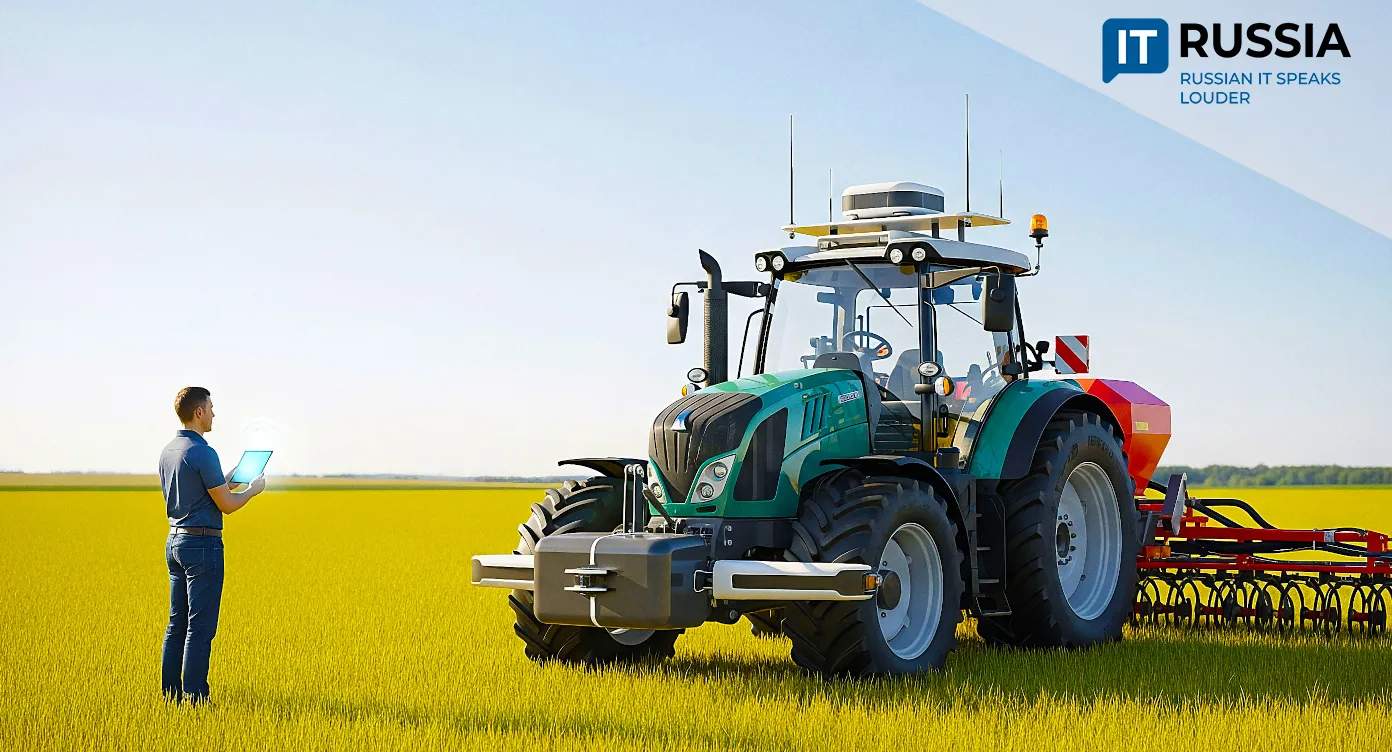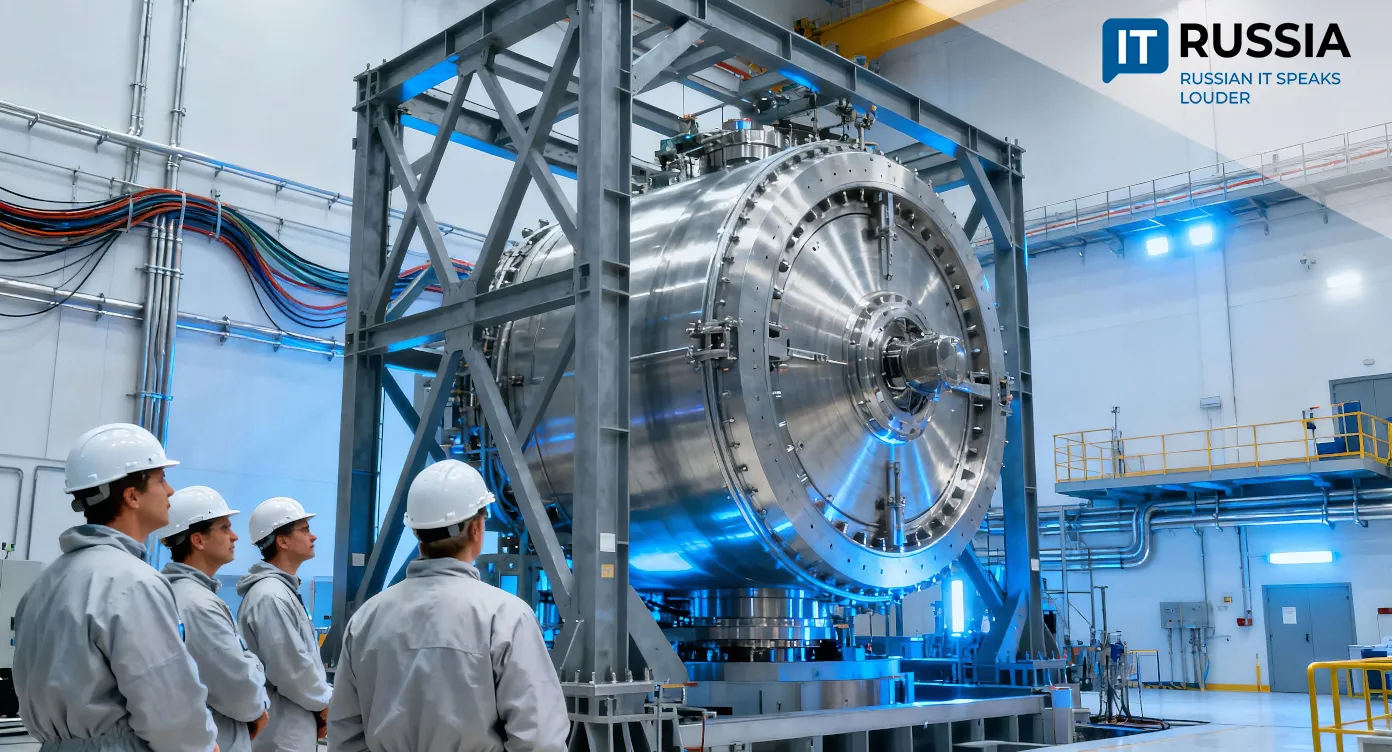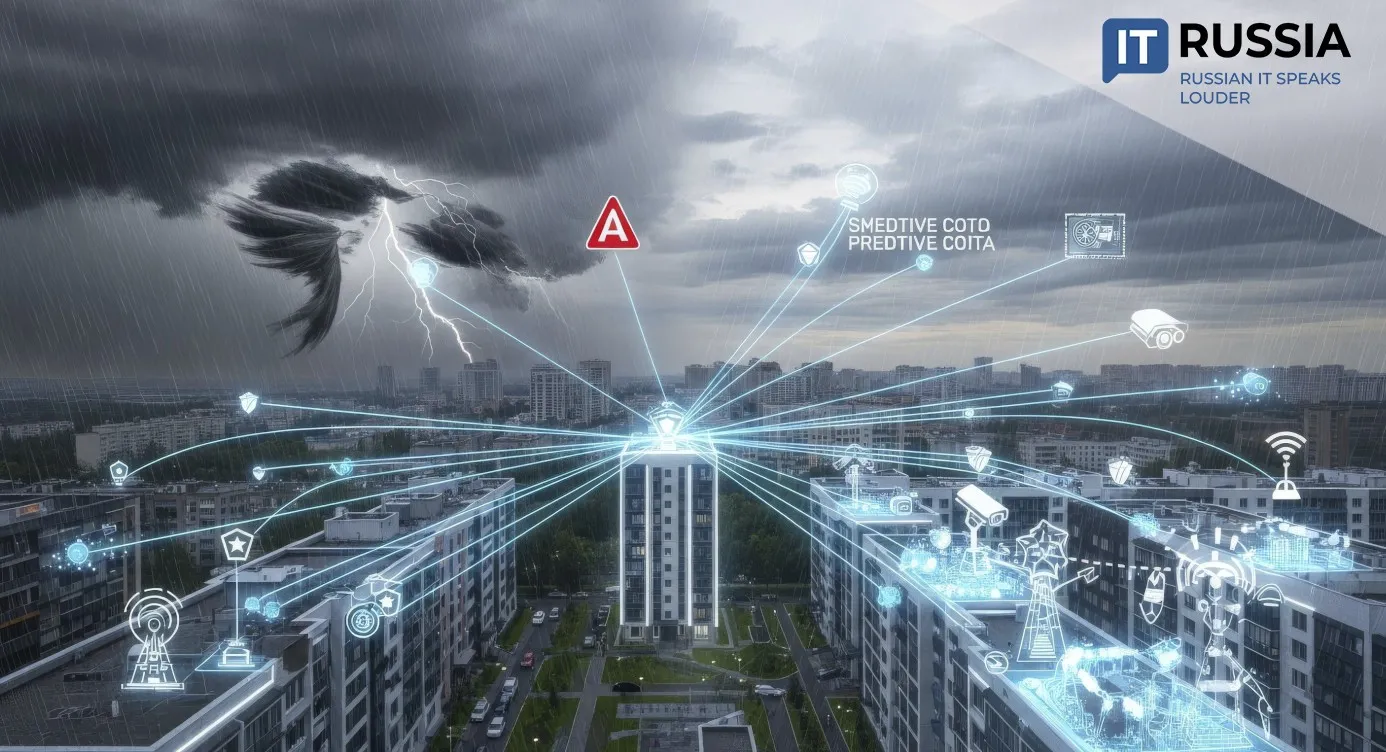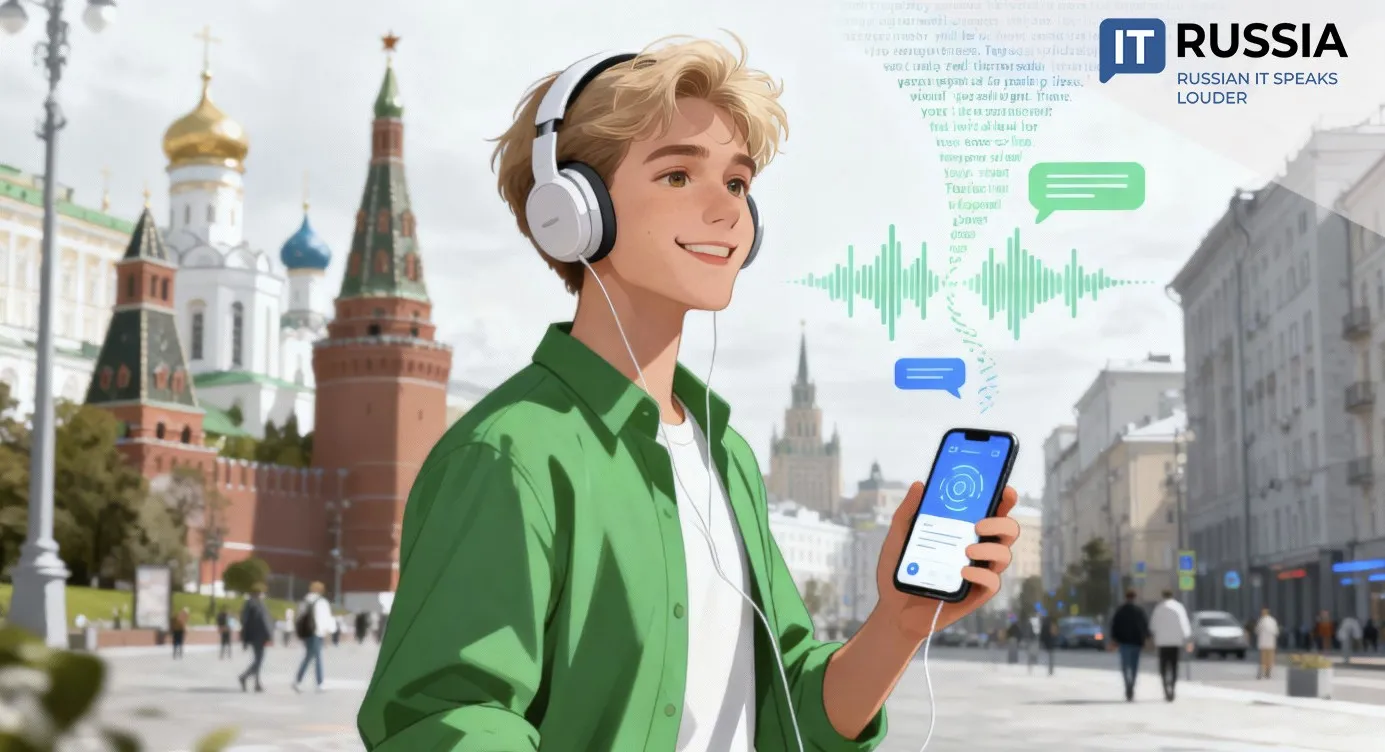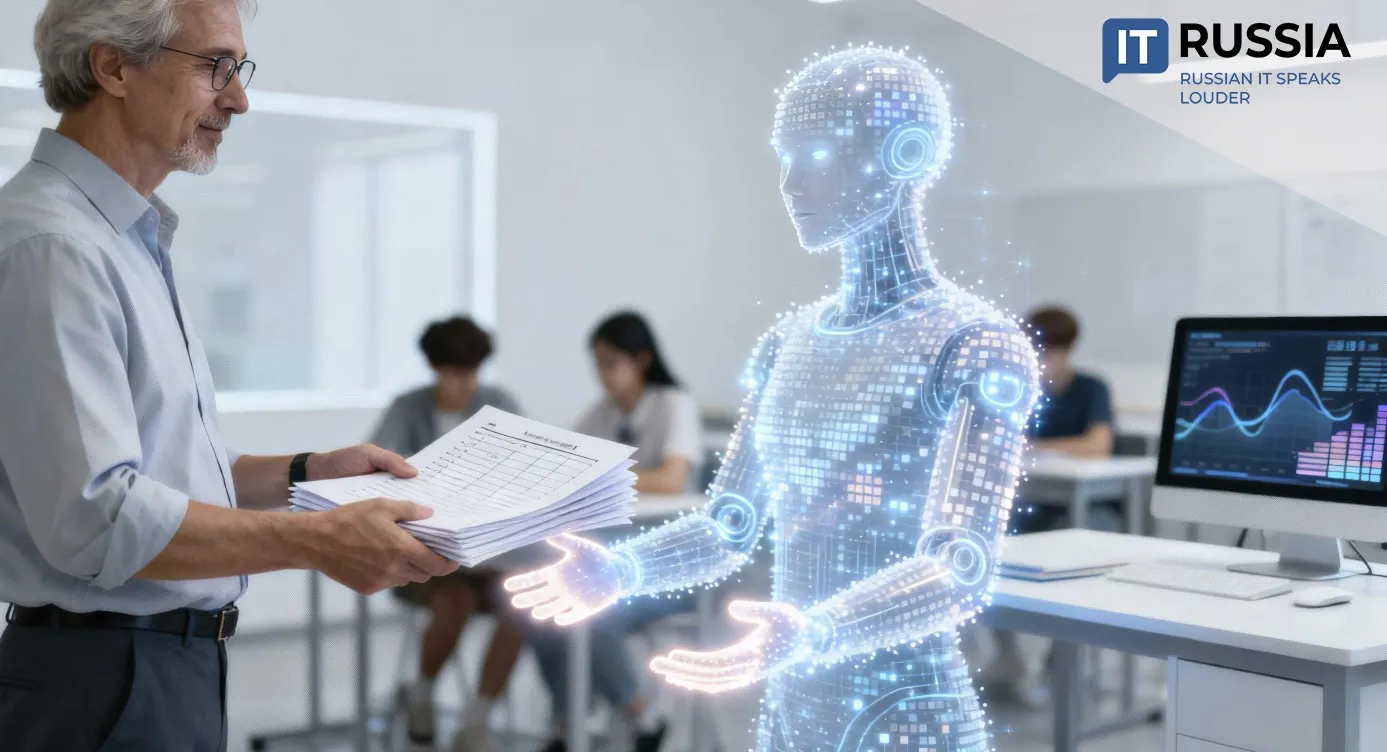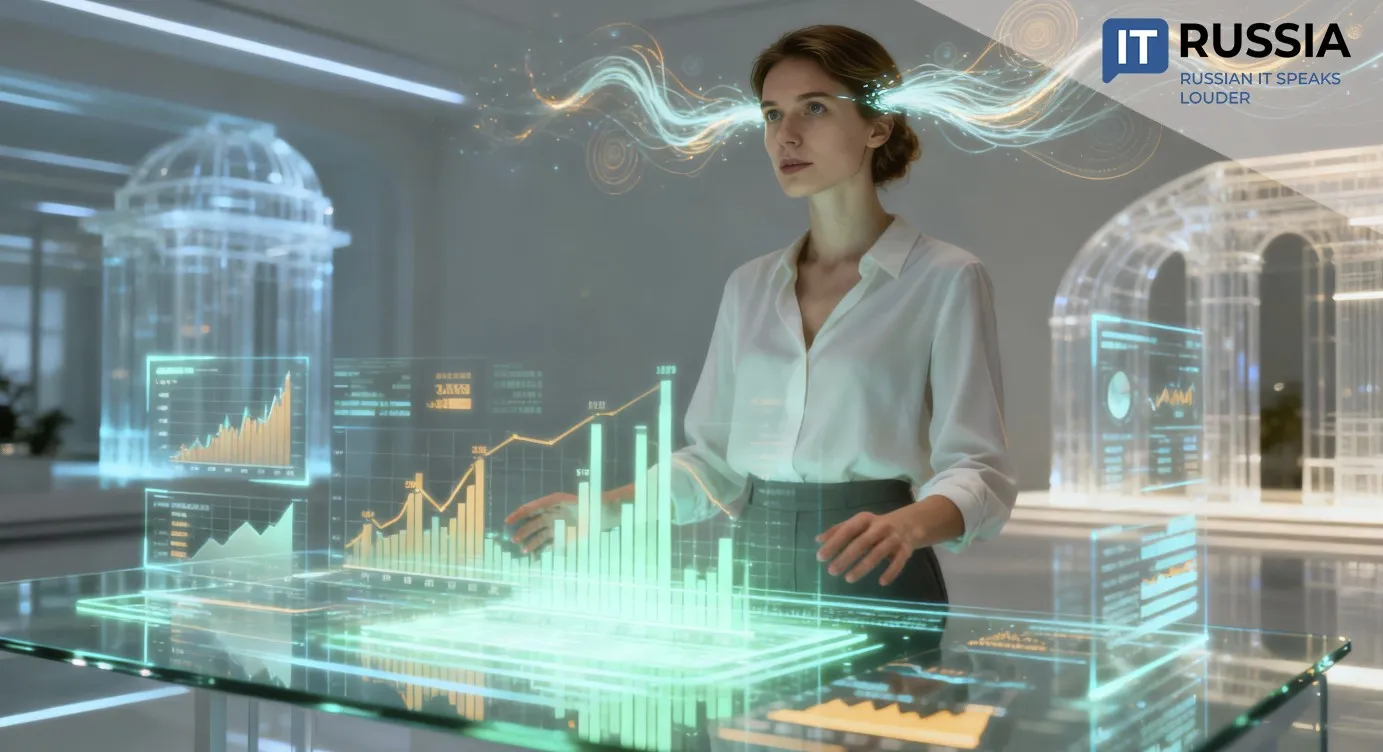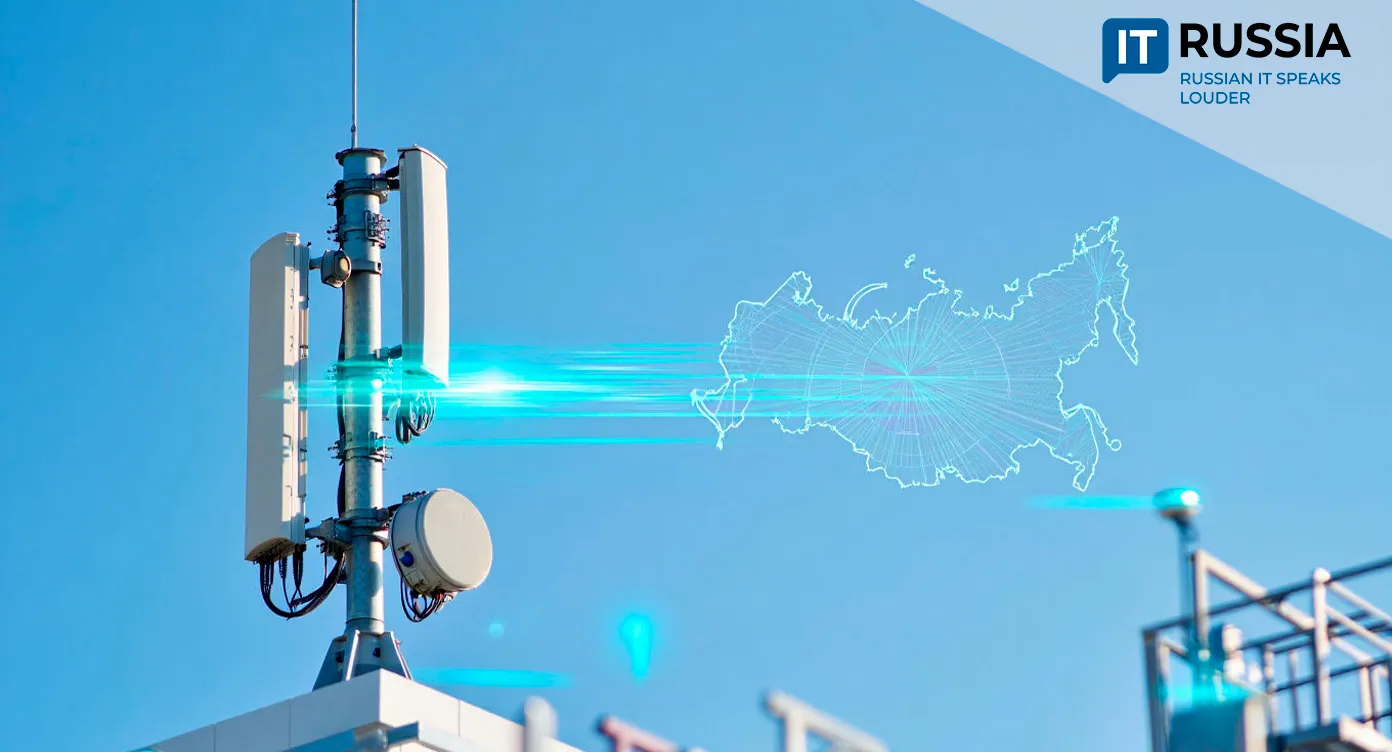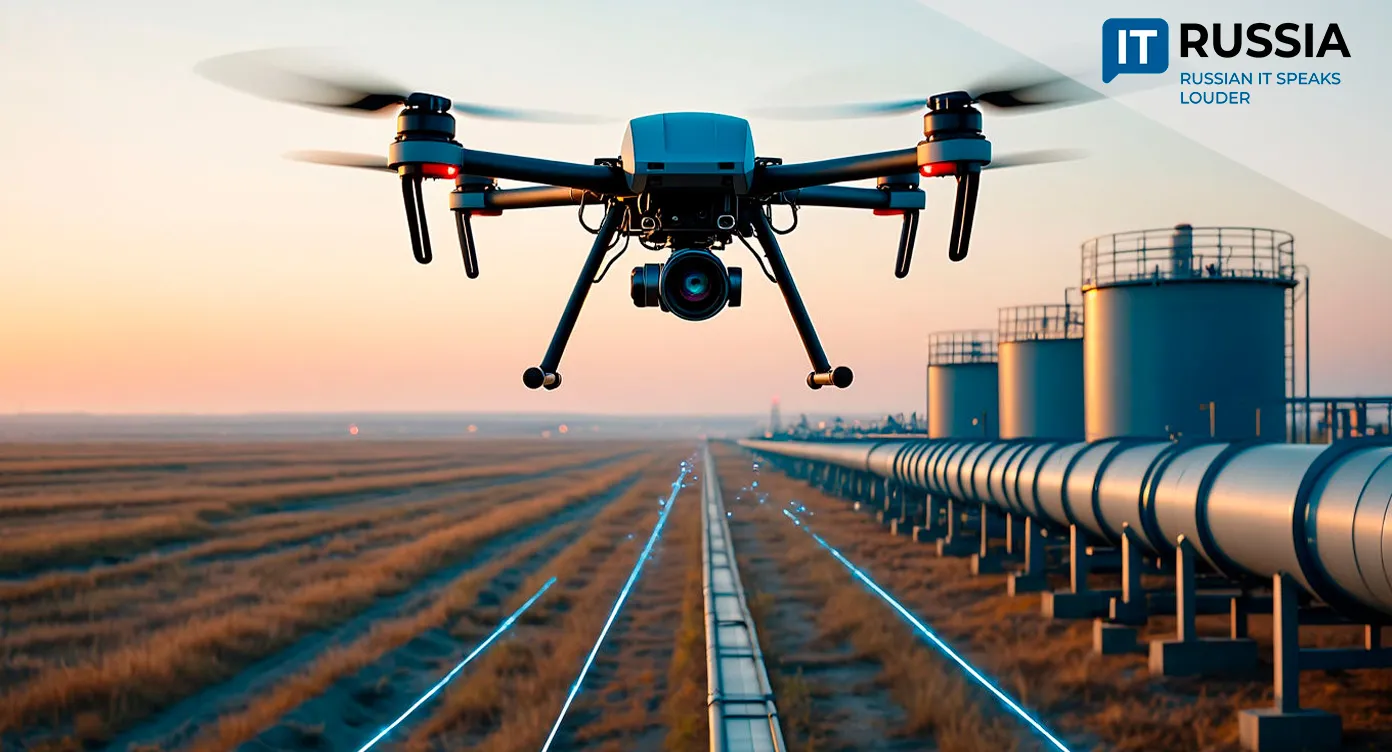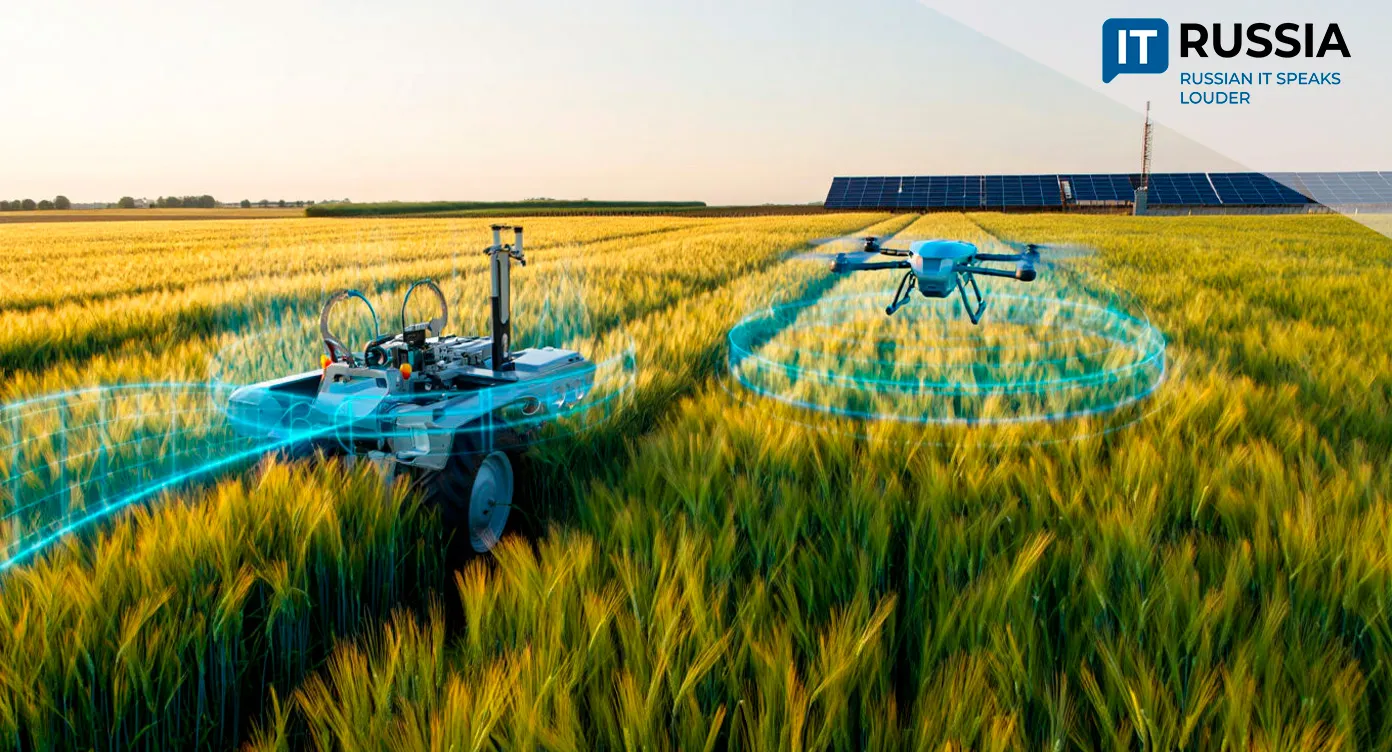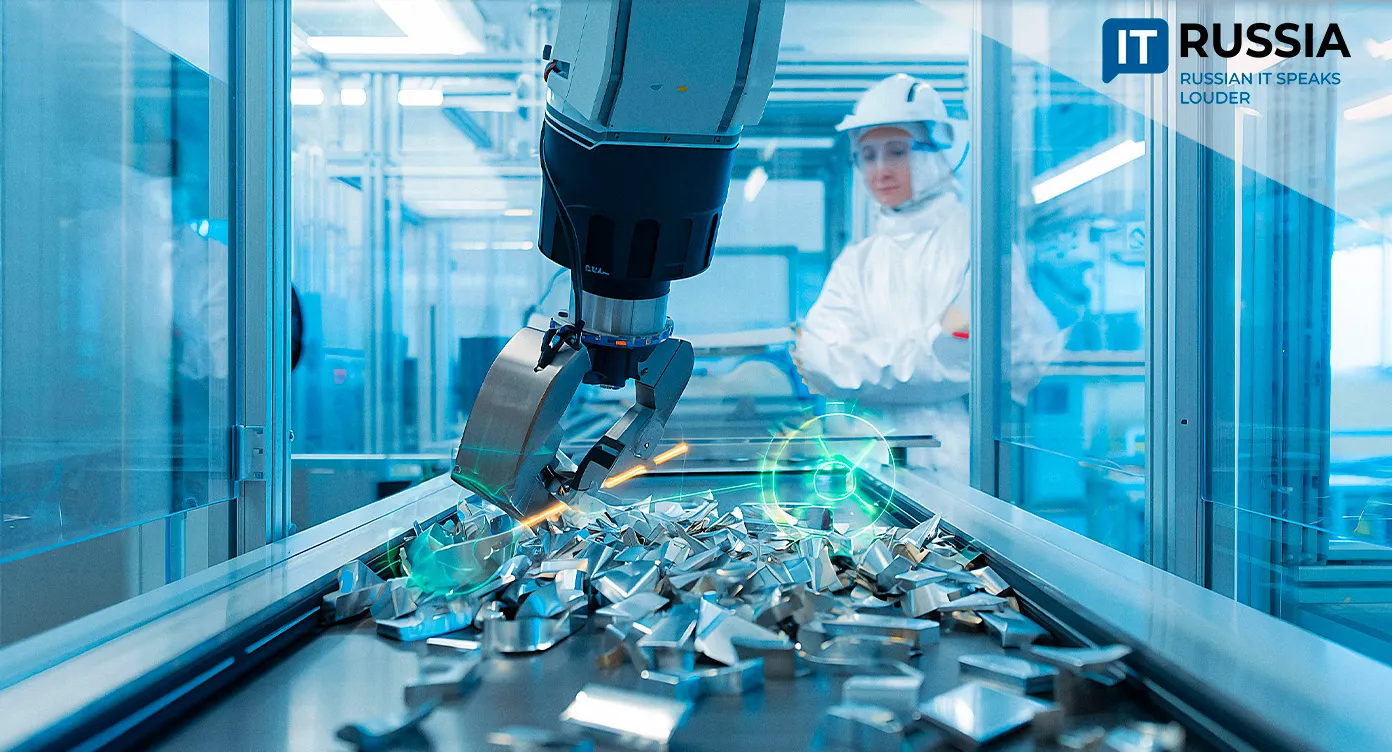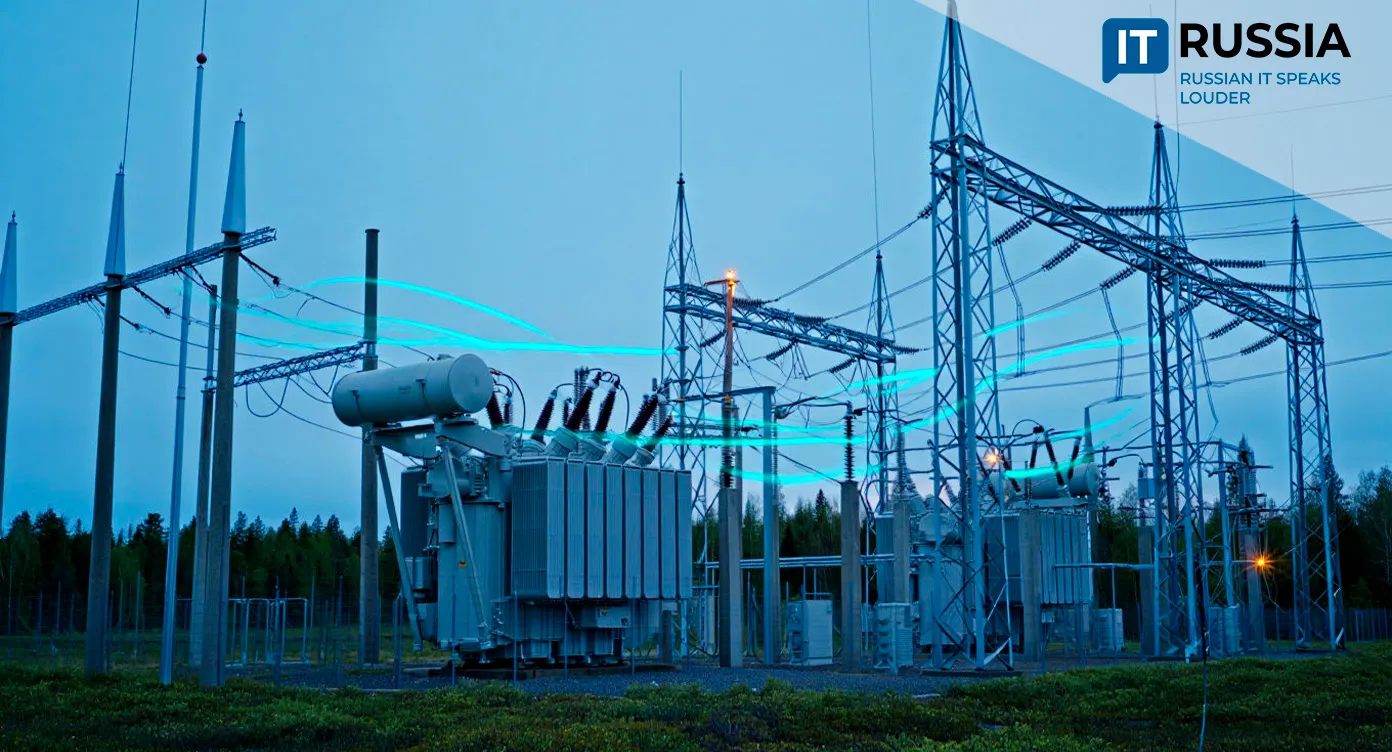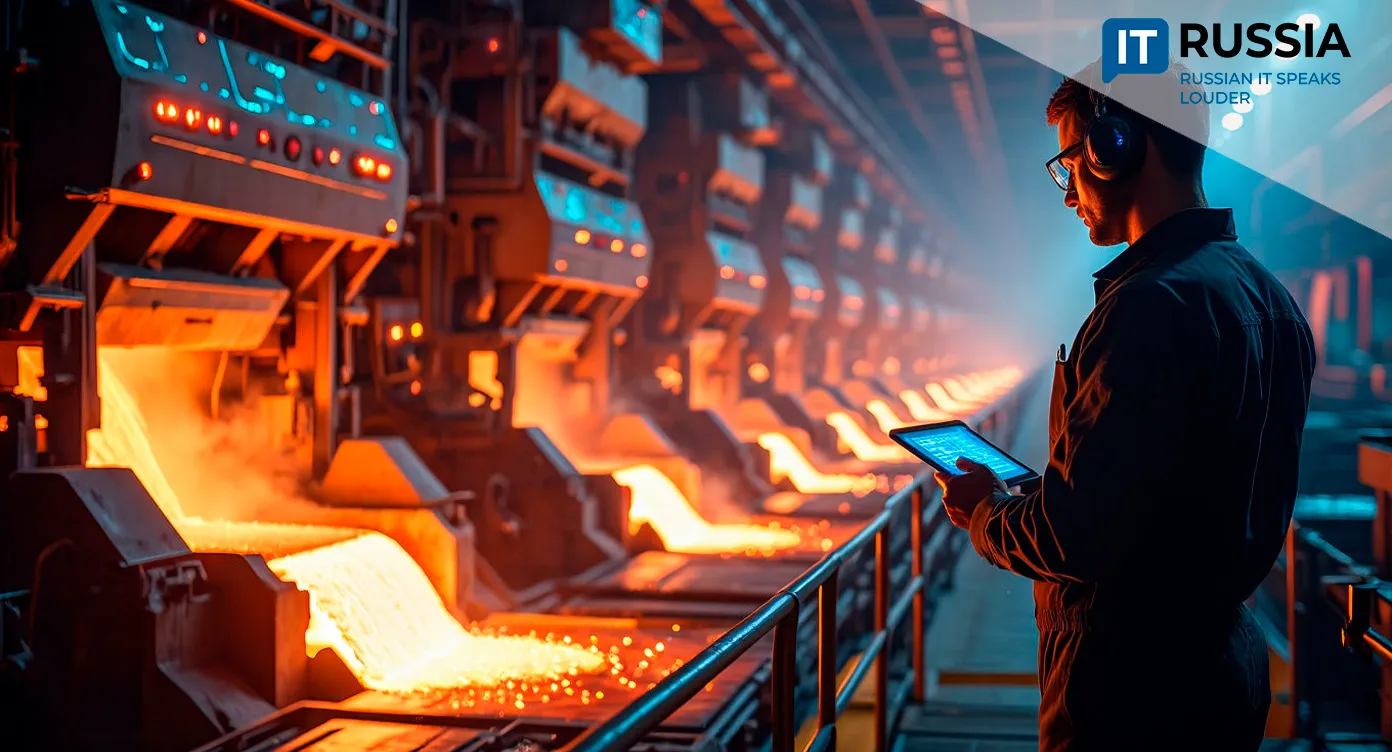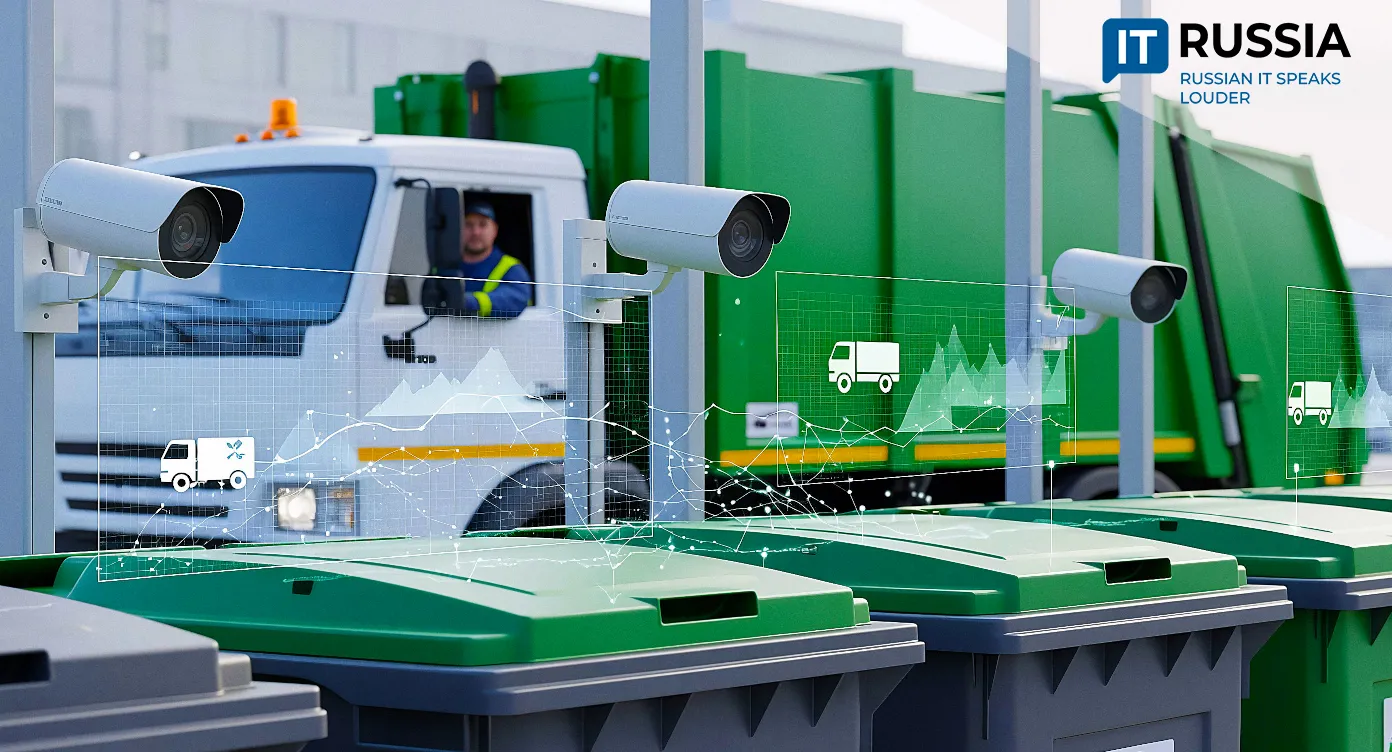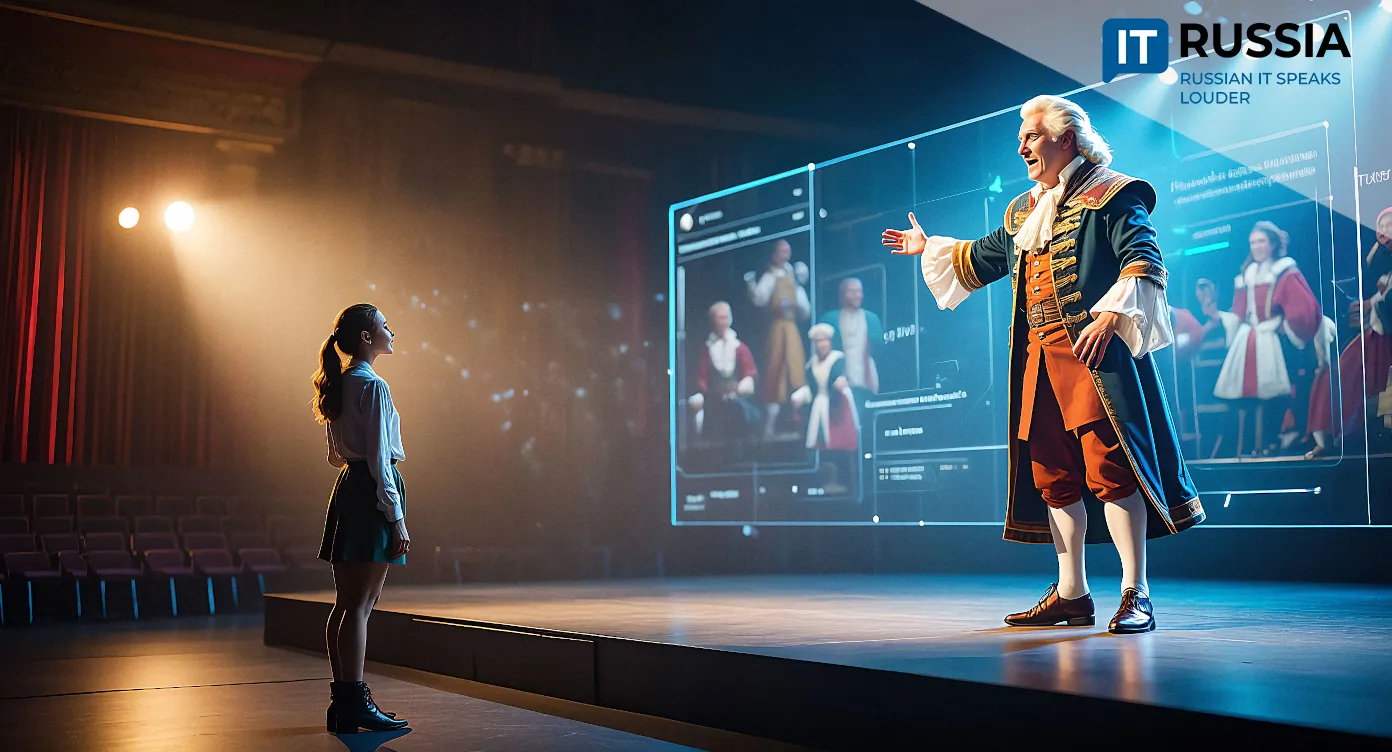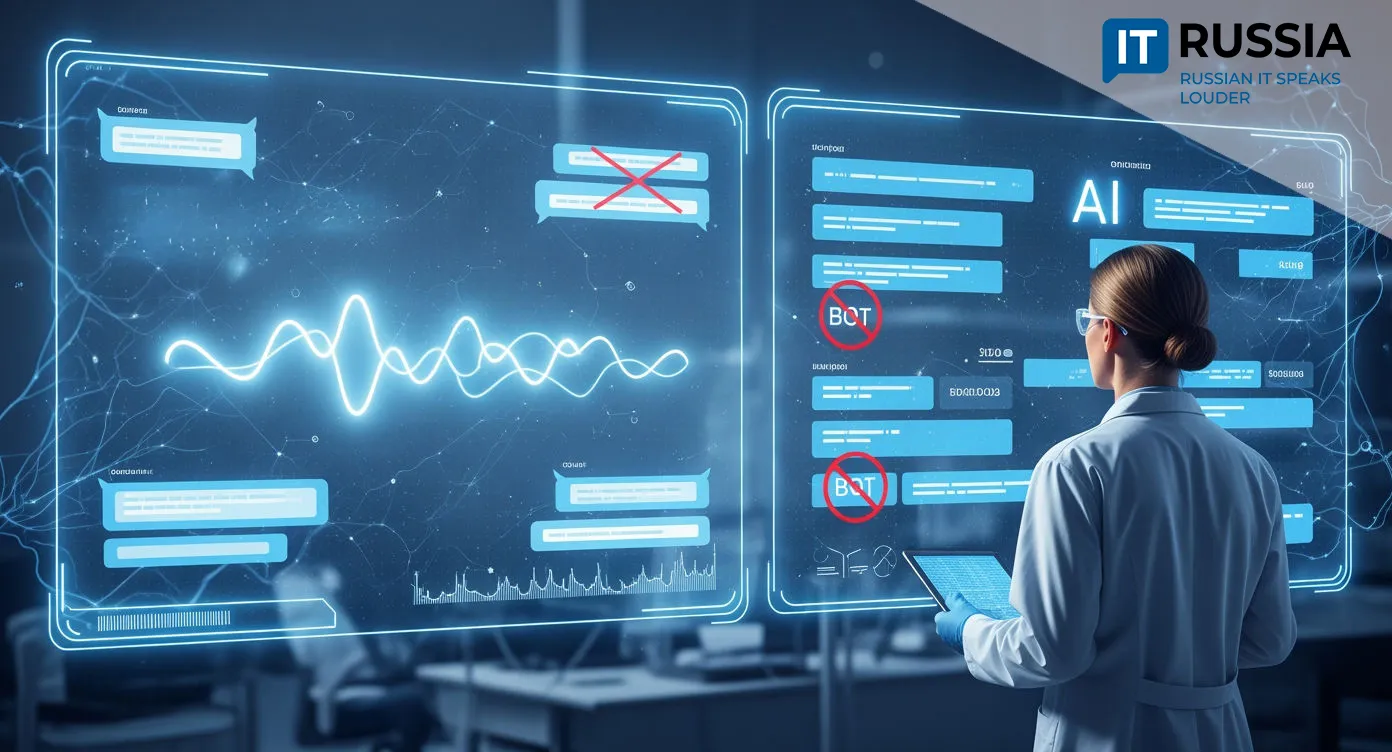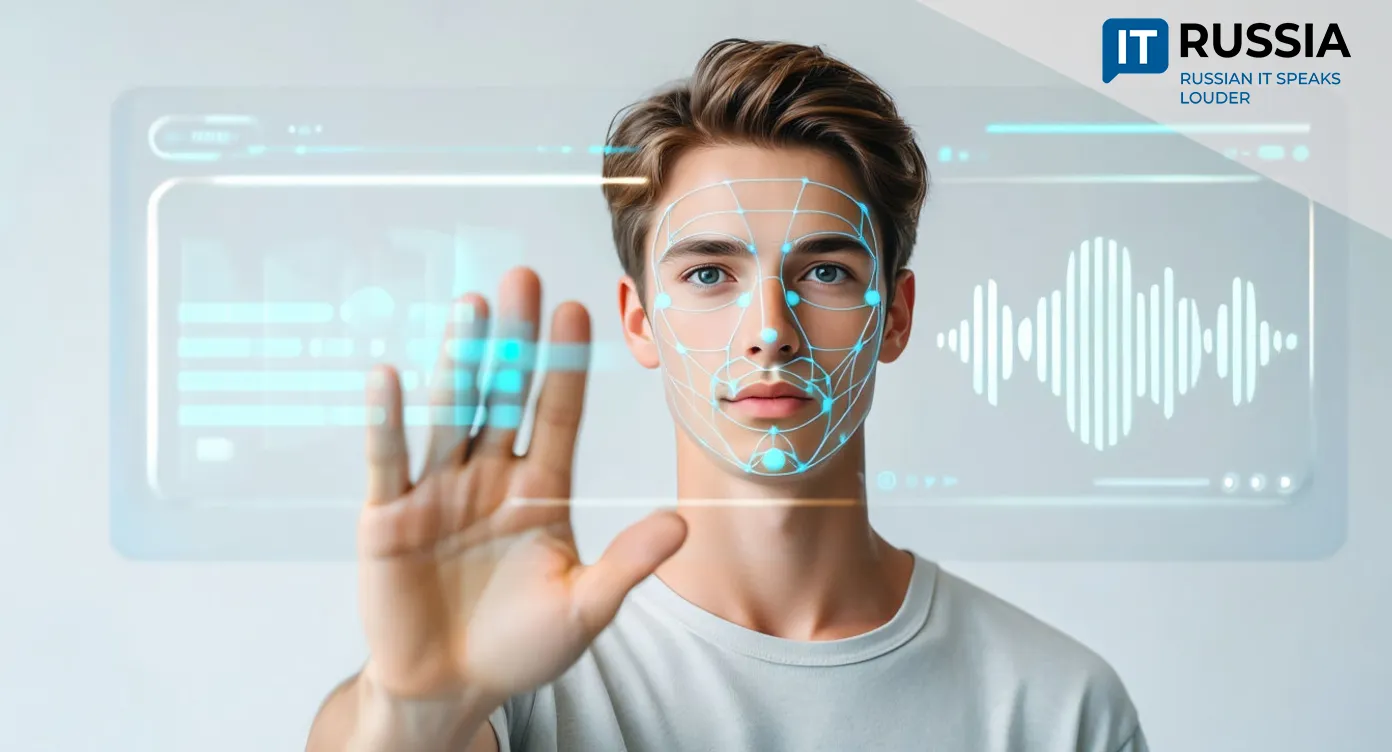Artificial Intelligence Is Reshaping the Creative Economy
At the Moscow Startup Summit, experts discussed how AI is transforming creative industries—from art and media to marketing. While automation frees creators from routine tasks, it also introduces new challenges of content filtering, personalization, and ethics.

When Too Much Content Becomes a Challenge
At the session “The Future of Creative Industries: Economy, Meaning, AI,” Vladislav Kreynin, Senior Vice President and Head of Marketing and Communications at Sberbank, outlined both the advantages and side effects of AI adoption in creative sectors.
“Today, tasks that once required a 15-person design team can now be handled by three skilled employees working alongside AI. Together, they complete projects faster and more creatively,” Kreynin said.
However, as AI increasingly takes over creative functions, it also creates a new bottleneck—content overload. Filtering, adapting, and curating vast amounts of generated material are now essential tasks that call for technological innovation. AI, Kreynin argued, can also be used to prototype creative ideas and bring them to industrial-scale production for monetization.

Sber’s Transformation Into a Tech Platform
Sber has evolved far beyond traditional banking to become a full-fledged technology platform offering powerful AI-based tools for creative professionals. Products like GigaChat, Kandinsky, and SymFormer are widely used for text generation, artwork creation, and workflow automation.
Usage statistics show that creatives trust these tools to write promotional content, design album covers, and handle repetitive tasks—allowing them to focus on artistic strategy and storytelling. In the coming years, Sber plans to help shape global AI-content trends and compete with Western platforms.
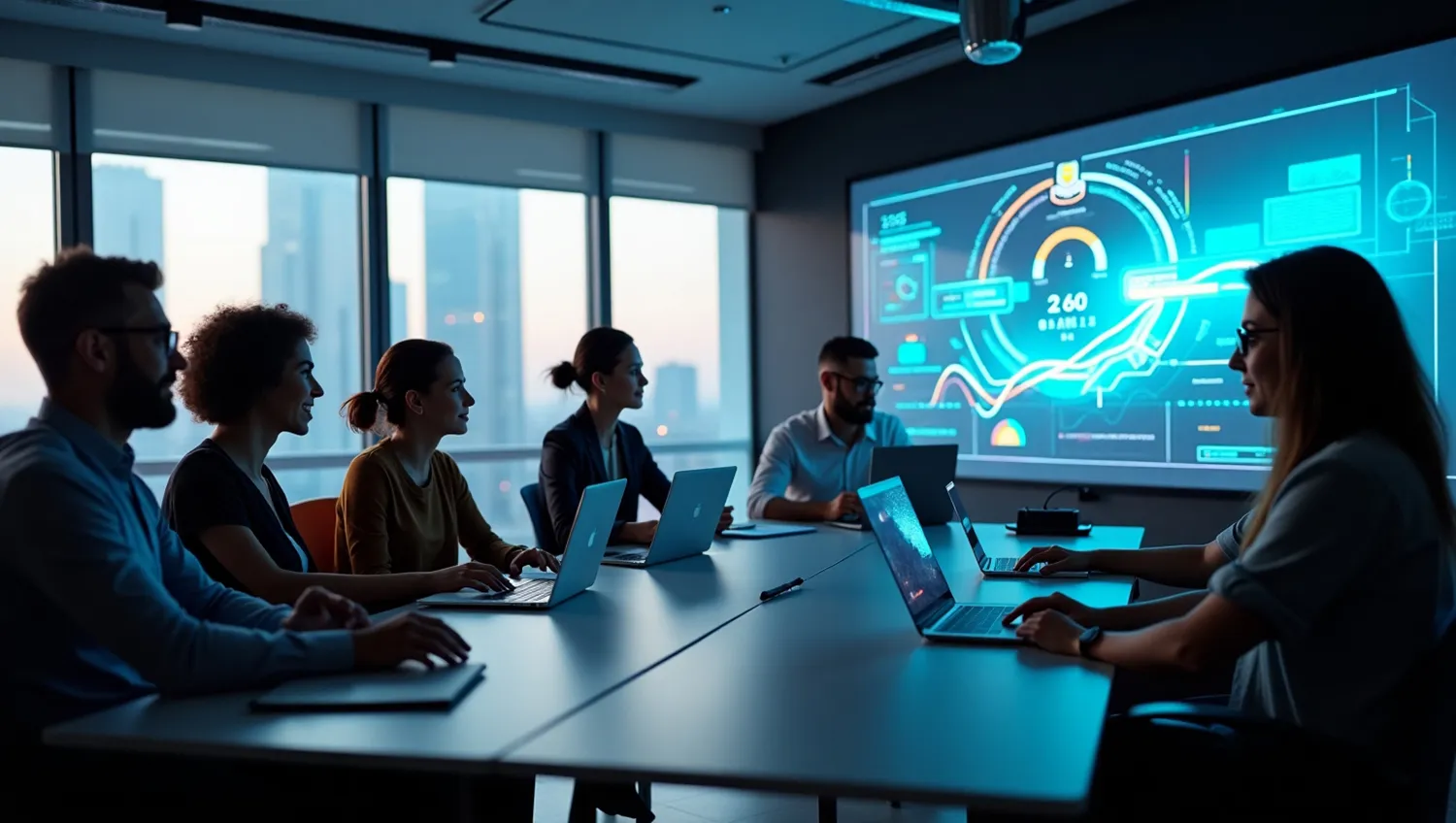
Experts anticipate the rise of “creativity agents”—AI systems capable of producing visuals, text, and concepts with increasing sophistication. Yet they warn that the flood of generative content risks leading to homogenization and loss of originality. As a result, demand is growing for meta-systems that can filter, adapt, and personalize AI-generated material to users’ real needs.
Who Owns the Mistake?
Ethical and legal questions remain critical: Who is responsible for errors or misinformation created by AI? Today, all AI-generated content still requires human moderation—but experts suggest even this process may soon be automated, letting humans focus on higher-level tasks.
Kreynin’s remarks highlight the core dilemma of the digital shift: as content creation becomes faster and cheaper, the need for relevance and intelligent filtering grows. The success of AI tools will depend not only on how much they can generate, but also on how effectively they can select and personalize.
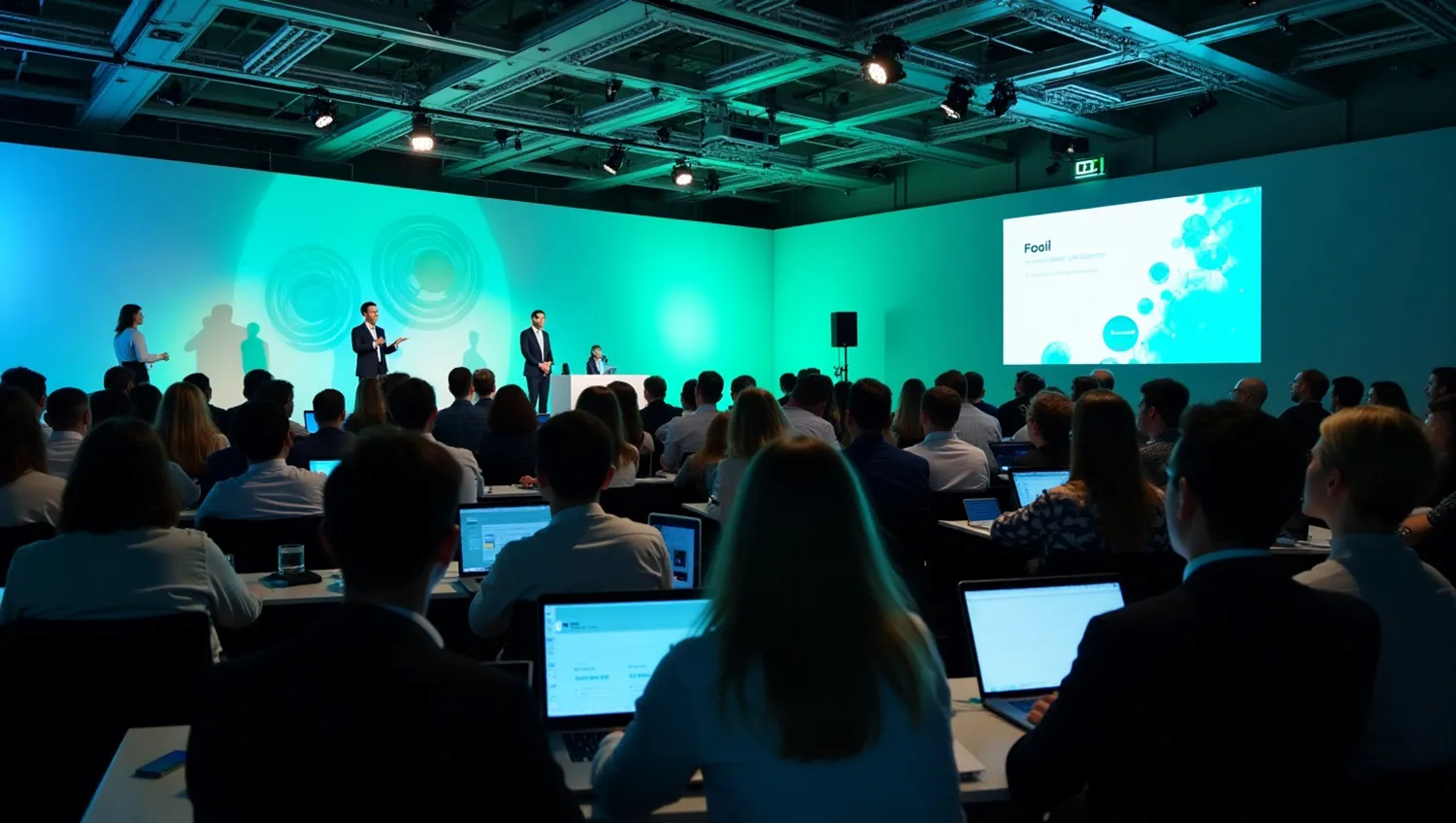
Competition in the creative tech sector will likely move toward the quality of filtering and recommendation systems—the algorithms behind visibility and engagement. Sber, positioning itself as a technological infrastructure leader, is investing heavily in this direction.
High-quality Russian AI content solutions are already gaining traction across neighboring markets with developing technological ecosystems. However, the rapid evolution of such tools will require updates to intellectual property laws and ethical standards to define authorship and accountability for AI-generated work. If Russia can balance innovation with responsible governance, its creative tech ecosystem may emerge as a global player—offering affordable, adaptive AI systems for content industries in the CIS and beyond.





